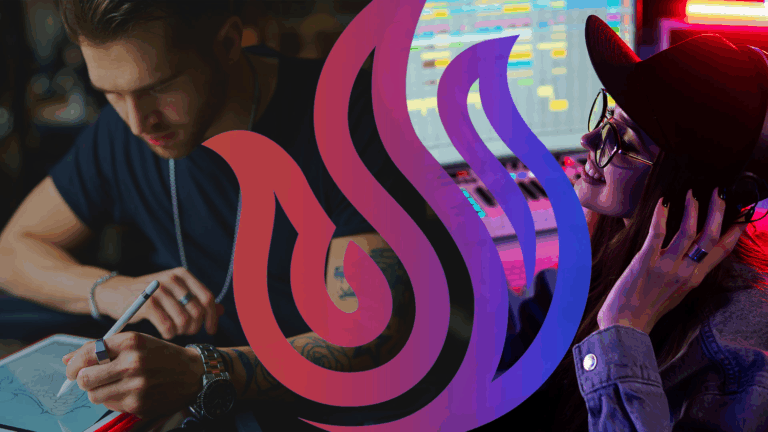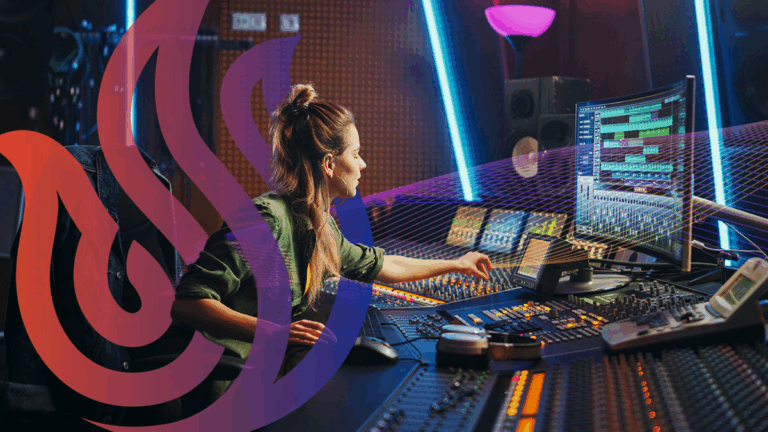In the world of animation, the ability to create dynamic and lifelike characters is one of the key components that make stories come to life. A vital part of this process is 3D rigging, a technique used to prepare digital models for animation. Whether you’re watching a computer-animated movie or playing a video game, 3D rigging plays a pivotal role in how characters and objects move. In this blog, we will dive deep into what 3D rigging in animation is, how it works, its history, and why it’s an essential skill for aspiring animators. We’ll also explore how education in digital art and animation may help you build a strong foundation in this field, and introduce the programs offered by University of Silicon Valley as a potential starting point for your learning journey.
Understanding 3D Rigging in Animation
What is 3D Rigging?
3D rigging is the process of creating a skeleton or structure for a 3D model that enables it to move in a lifelike way. It involves setting up a framework of bones and joints, much like the skeletal structure of a human or animal, which controls the movement of the 3D model. Think of it as creating an internal “skeleton” that allows animators to pose and animate the character. Without rigging, a 3D character would be a static model with no ability to move or interact within a scene.
This process typically involves three main stages:
- Modeling: The creation of the 3D character or object itself.
- Rigging: Adding a skeleton, or rig, to the model.
- Skinning: Binding the 3D model to the rig, so the model deforms correctly when the rig moves.
Together, these three elements make a character come to life in a 3D environment.
How Does 3D Rigging Work?
In 3D rigging, animators use a set of tools in animation software (such as Autodesk Maya or Blender) to add a digital skeleton to a model. The process typically includes:
- Creating Joints: Just like bones in a human skeleton, these joints are placed within the 3D model to form a structure.
- Building the Skeleton: The joints are connected by bones or controls, creating a network of articulated points. The skeleton is designed to move the model in a way that mimics real-life movement.
- Defining Controls: These are the user-friendly handles or sliders that animators use to manipulate the 3D model. For example, a control might allow an animator to move a character’s arm, head, or legs.
The final result allows the animator to manipulate the model’s joints and bones to create complex, realistic movements.
The Importance of 3D Rigging in Animation
Creating Lifelike Movement
One of the key aspects of 3D rigging in animation is its ability to produce fluid and natural movement for characters. Without proper rigging, the movement of 3D models would be stiff and unrealistic, making it difficult for animators to achieve the desired action in their scenes.
For example, in an animated film, a character’s emotions, like joy or sadness, need to be conveyed through subtle facial expressions and body language. Rigging enables animators to easily control the character’s face, body, and limbs, ensuring that the movement aligns with the emotions being portrayed.
Making Complex Animations Possible
3D rigging is also essential for creating complex, multi-jointed movements, such as walking, running, or flying. These actions require careful planning and setup, as the rig must accommodate different angles, weight distribution, and the interaction between different body parts. A well-designed rig helps ensure that every part of the character’s body moves correctly and harmoniously.
Versatility Across Industries
3D rigging is not limited to just one industry; it is used across various fields such as:
- Film and Television: In animated movies or TV shows, 3D rigging brings characters to life, enabling them to perform action sequences, express emotions, and interact with their environment.
- Video Games: In gaming, rigging allows for the creation of characters and objects that players can control, providing them with realistic movement and interactions within the game world.
- Virtual Reality (VR) and Augmented Reality (AR): Rigging is essential in VR and AR for creating interactive 3D environments that users can manipulate and experience in a lifelike manner.
Key Components of 3D Rigging
Joints and Bones
Joints are the foundation of any rig. They represent the points where different parts of the character can rotate or move. Bones, in turn, connect these joints and define the structure of the model’s skeleton. These elements are essential for creating a believable movement.
Controls
Controls are the user-friendly elements that animators use to manipulate the rig. They are often custom-designed and can include sliders, dials, or even on-screen handles that allow animators to pose the character in a way that is intuitive and efficient.
Skinning
Once the rig is in place, skinning is the next step, which involves binding the 3D model to the rig. The skinning process ensures that the 3D model deforms naturally as it moves. If done incorrectly, the model may distort in unnatural ways, leading to unrealistic animation.
The History of 3D Rigging in Animation
The roots of 3D rigging can be traced back to the 1970s when early computer-generated imagery (CGI) began to take shape. The first major step forward came in the 1980s with the introduction of 3D modeling and animation software, which laid the foundation for the techniques we use today.
One of the pioneering films in using 3D rigging technology was Toy Story (1995), the first full-length CGI animated film. This film showcased how 3D rigging could be used to create believable, expressive characters and revolutionized the animation industry. Over the years, advancements in technology and software have made 3D rigging more accessible and efficient, but the fundamental principles remain the same.
Learning 3D Rigging: Why Education Matters
For anyone aspiring to work in animation, understanding 3D rigging is an essential skill. It provides the foundation for creating dynamic, lifelike characters and objects, and is used in a wide range of industries, from gaming to virtual reality.
If you’re considering a career in 3D animation and rigging, building a strong educational foundation can be an important step. By learning the technical and creative aspects of rigging, you can develop your skills and become more confident in using the tools required to create high-quality animations. University of Silicon Valley offers a Digital Art and Animation program that provides opportunities to build skills and gain experience in 3D rigging and animation. You’ll have the opportunity to work with industry-standard software and learn the techniques used by professionals in the field.
While education can’t guarantee specific outcomes, it provides a structured environment where you can gain knowledge and develop the necessary skills to start your career in animation. If you’re passionate about animation and want to understand the deeper aspects of 3D rigging, learning from experienced instructors can offer valuable guidance and support.
3D rigging is an essential skill in the world of animation, enabling animators to create lifelike, dynamic movements for characters and objects. From its early beginnings in the 1980s to its current use in films, video games, and virtual reality, rigging has become a cornerstone of the animation process.
If you are interested in pursuing a career in animation, understanding 3D rigging is an important step. The Digital Art and Animation program at University of Silicon Valley offers an opportunity to learn the foundational skills for creating animations. With hands-on experience in industry-standard software and a curriculum designed to equip you with the technical knowledge and creative skills needed for the field, this program is an option for those looking to start their animation journey, offering a solid foundation in the field.
Take the first step towards building your skills in 3D rigging by exploring more about the Digital Art and Animation program at USV.


